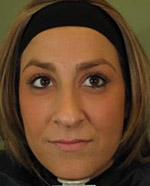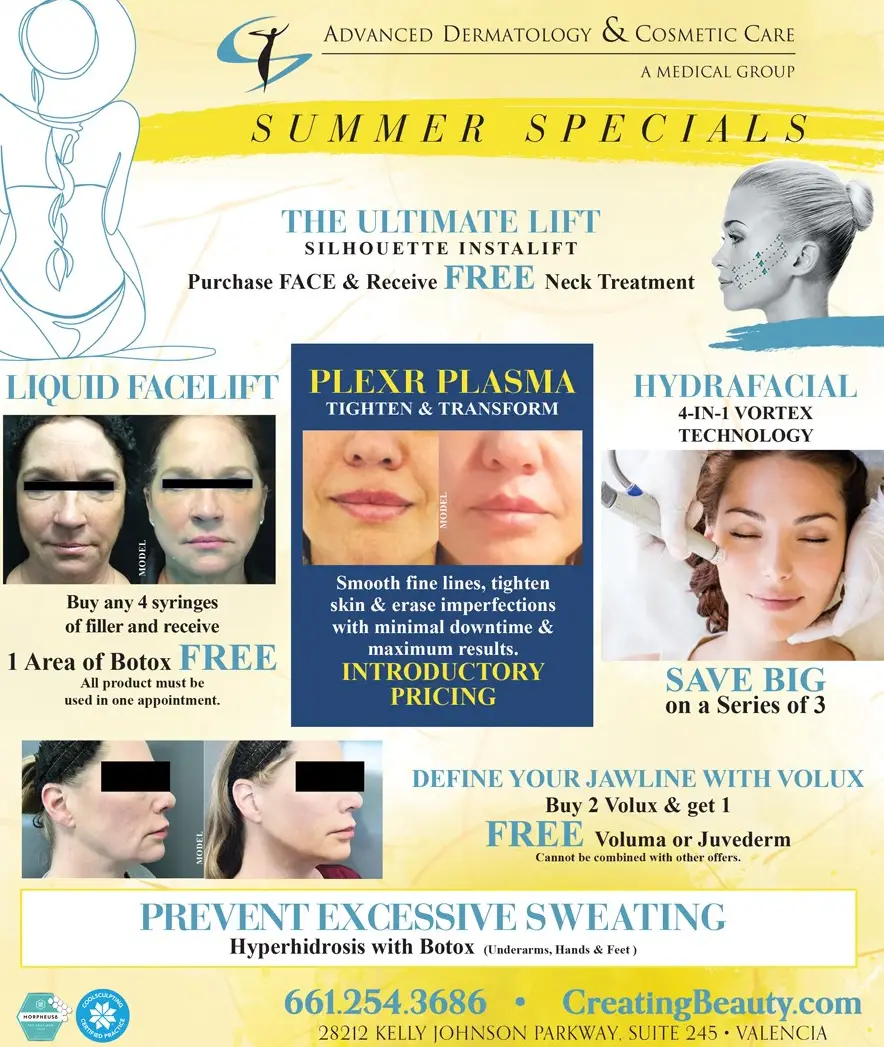Sun Safety
By Dr. Bernard I Raskin
By now almost everyone has been warned about the damage the sun can cause to your skin. But do you really know how to protect yourself properly? Wearing your sun screen at the beach or pool or on a hot sunny day is a start. But what about all the other times you are exposed to the sun’s harmful rays? UV ray exposure is accumulative, meaning even the small amount of time it takes to walk to your car, drive to school or work, or even sitting near a window, adds up over time.
There are two types of UV rays, UVA and UVB. Both can be harmful to your skin. UVA rays can pass through window glass and penetrate deep into the layers of the skin contributing to premature aging. UVB rays are the primary cause of sunburn; the rays penetrate the outer layer of the skin causing damage to the cells. Both UVA and UVB rays can play a part in the formation of skin cancer.
Don’t think that cloud cover provides you with any protection from the suns UVA rays. UVA penetrates the clouds and continues deep into the skin to cause long-term damage. A higher SPF is recommended to ensure full protection for the entire time you are exposed to the sun. Re-application is always recommended even with a waterproof formula when excessive sweating or water exposure is present.
Don’t skimp when applying your sunscreen. Most people only apply half as much sunscreen as needed, spreading it to thinly and reducing the effectiveness of the product by 50%. The average size adult should be using one full ounce of sunscreen over their entire body. Sunscreen should always be applied at least 45 minutes prior to sun exposure to allow the sunscreen to be fully effective.
Try to avoid sun exposure from 10am until 4pm that is when the suns damaging rays are the strongest. If you have to be outside during this time try and cover up as much exposed skin as possible. A wide brimmed hat, sunglasses, long sleeves and pants are recommended.
Keep an eye out for any changes in your skin, like new spots or changes in existing spots. See your dermatologist annually for a full body check.
For more information contact Advanced Dermatology & Cosmetic Care at 661.254.3686 or visit www.CreatingBeauty.com or MohsSurgeryCenter.org.














